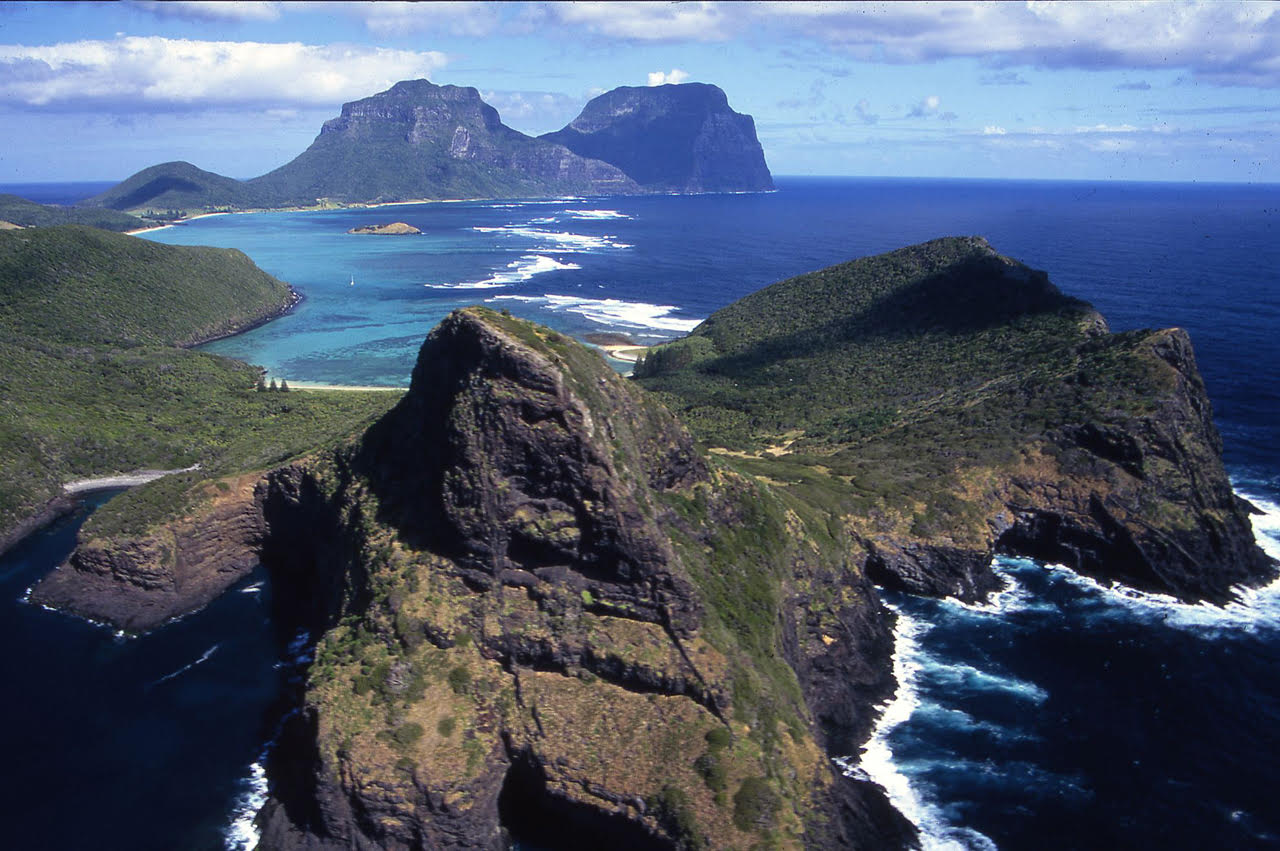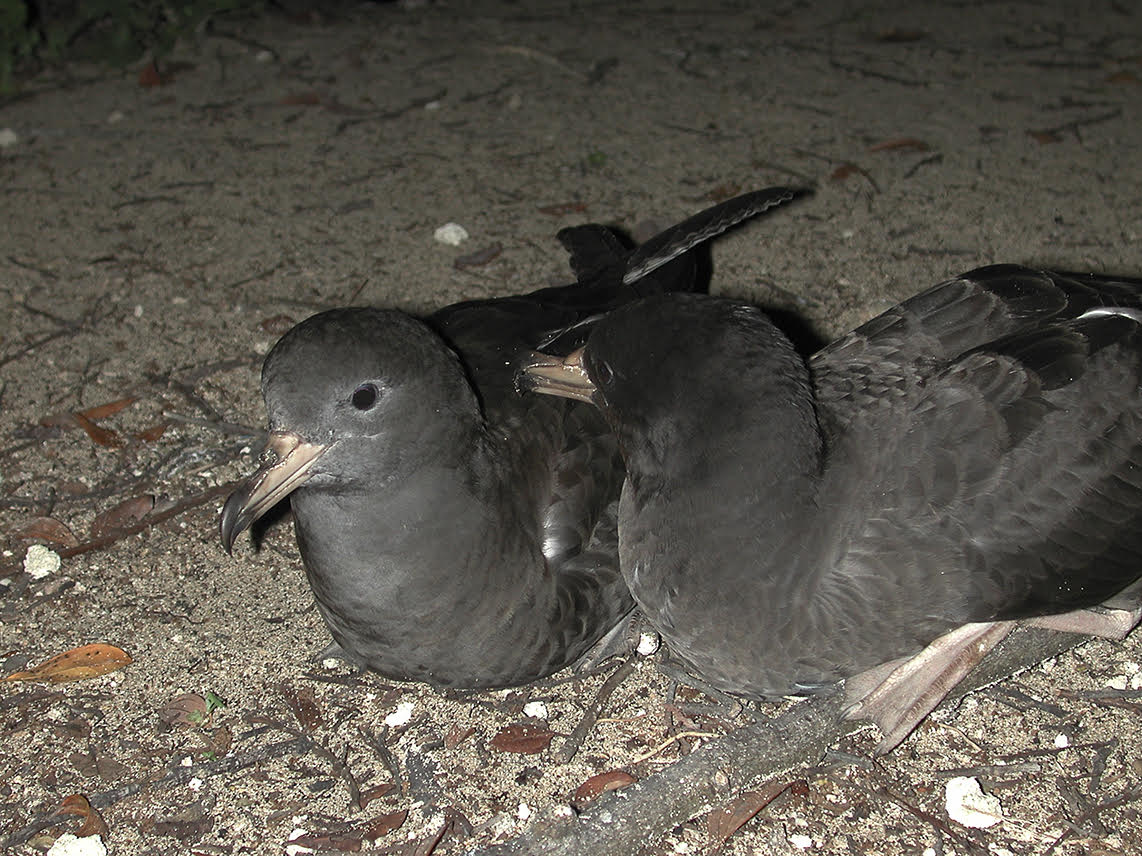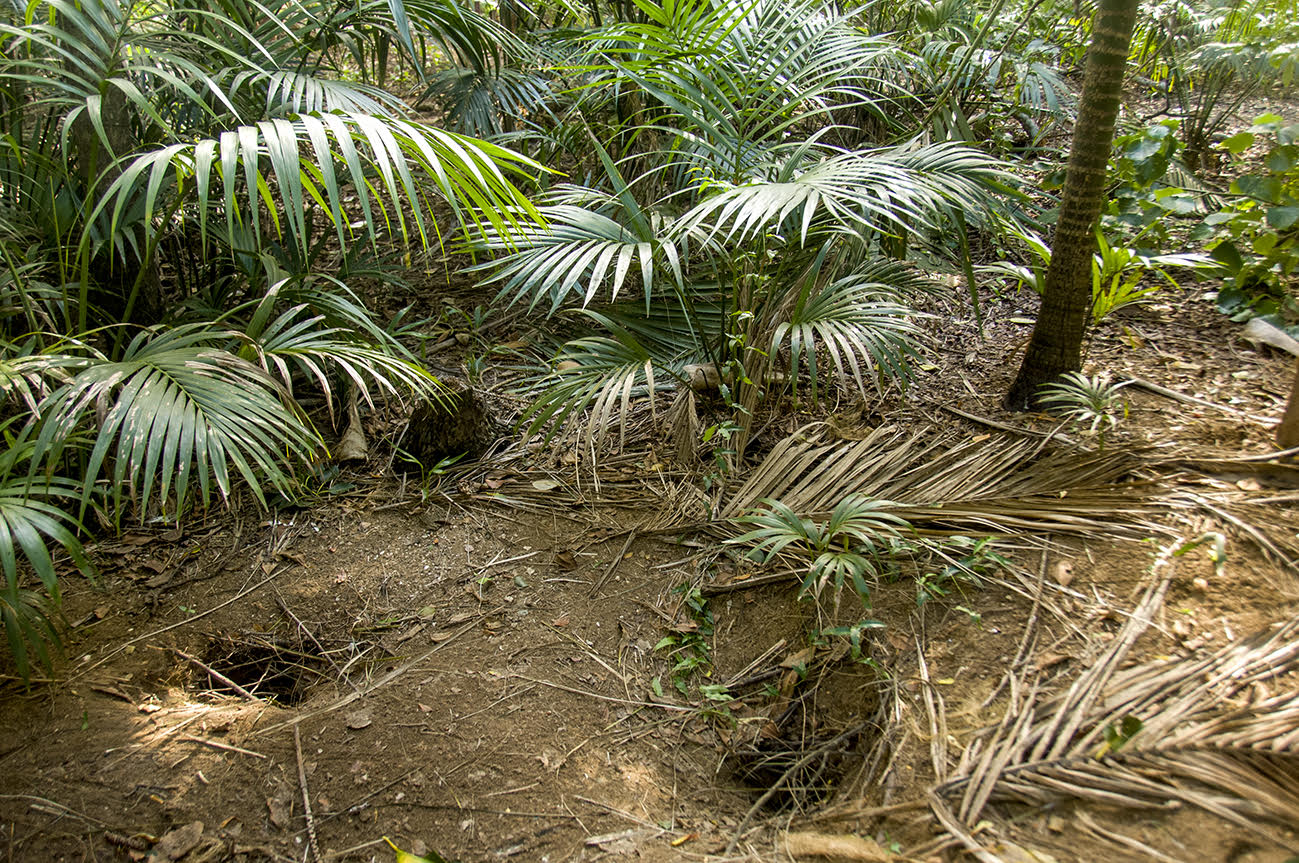
Lord Howe Island
In 2019, after a long period of discussion and planning, an operation to eradicate non-native Black Rats Rattus rattus and House Mice Mus musculus on Australia’s inhabited Lord Howe Island was carried out. The Lord Howe Rodent Eradication Project included the use of over 20 000 poison bait boxes and the dropping of bait by helicopter away from areas of human habitation and activity over the southern winter. As well as endemic land birds, the World Heritage Island supports breeding populations of burrowing petrels and shearwaters, all of which were known or thought likely to be deleteriously affected by the introduced predators.
The prevailing “rule of thumb” is that two years are allowed to pass before the success of an island eradication operation is officially announced. This is to give sufficient time for any target animals possibly remaining to be discovered. However, with only a few months to go before the two years are up it is notable that the natural environment on Lord Howe is flourishing. No observations of rats, rebounding vegetation and invertebrate populations and the doubling of numbers of the endemic and Endangered Lord Howe Woodhen Hypotaenidia sylvestris (following their being taken into temporary captivity) are all welcome signs that have been recently reported.
Flesh-footed Shearwater pair and breeding habitat on Lord Howe Island
Photographs by Ian Hutton
As for the island’s procellariform seabirds, project biologist Terry O'Dwyer of the New South Wales Department of Planning, Industry and Environment states that “the breeding success rate of petrels on the island has jumped from 2 or 3 per cent to more than 70 per cent” following the eradication exercise. Lord Howe supports breeding populations of Black-winged Pterodroma nigripennis and Providence P. solandri Petrels along with Flesh-footed Ardenna carneipes (a proposed candidate for ACAP listing), Wedge-tailed A. pacifica and Little Puffinus assimilis Shearwaters.
The likely success of the Lord Howe project, despite the earlier misgivings of some of the island’s human population, should provide lessons for eradications that might be planned for other inhabited islands, such as New Zealand’s Great Barrier Island and the United Kingdom’s Tristan da Cunha. Both islands support ACAP-listed species that breed in the face of introduced predators.
Read more here.
John Cooper, ACAP Information Officer, 12 February 2021

 Español
Español  English
English  Français
Français 
